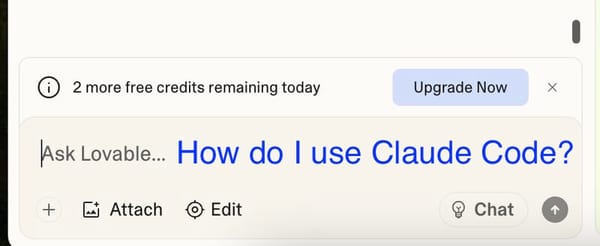5 ways to turn distraction into inspiration
Despite everything else that has changed in the workplace over the years, the ability to have good ideas is still the differentiator that can launch your pitch, project or business onto another level.
 But with access to funnels of information that previous generations couldn’t imagine, today’s challenge has become less about attrition of stimuli than good management.
But with access to funnels of information that previous generations couldn’t imagine, today’s challenge has become less about attrition of stimuli than good management.
Our whole media and marketing scene – both traditional and social, both PRs and journalists – is ensconced in this dilemma; do you keep writing your article or go and digest that industry opinion article that everyone’s talking about on Twitter?
Is it too much to ask for both?
Have your idea cake and eat it
Wiser men than I have suggested that ideas are born by joining the dots between previous stimuli and experiences. But you have to have the dots. And the more distant and eclectic their categories, the greater the opportunity for original cross-fertilisation!
The real skill is how well you manage them…
1. “Read it later” e.g. Instapaper, Evernote, Pinboard

These tools are like the “buy now, pay later” of inspiration tactics. Each has browser extensions or bookmarklets that will save the article for consumption at a more convenient time. Perfect to digest on your commute via tablet/ smartphone or whatever works for you.
2. Quora

The key benefit here is a “just right” level of serendipity. When you go to the Wikipedia page on email marketing, you’ll get the basics. When you go to the Quora page, you’ll get current and often cutting edge discussion on the topic – the kinds of questions that are breaking new ground. The point is you get to the advanced stuff quicker.
3. Curated platforms e.g. Flipboard

Apps like Flipboard are a bit like reading someone else’s RSS collection, but nicely collated into broad categories. If you only have a passing interest in a few tangential topics like design or fashion, it’s a good way to get some quick ideas without having to trawl the web for relevant sites.
4. Twitter lists

These help you consume the information you need to when you need to. I work with a single TweetDeck column down the left of my screen all day including only those lucky tweeters whose content is worth being distracted by.
But when I have a spare minute, I’ll trawl the various separate groups and searches I have set up, from journalists through to newsfeeds and various client searches.
Proper use of lists is probably the best reason to abandon the awful Twitter web interface for TweetDeck.
5. Ask your network its thoughts
 There’s a thin line here between looking lazy and stupid or genuinely showing interest in the ideas of others. Ultimately, this article is about increasing your exposure to exactly that so, by polling your networks, you can get a new layer that will often include clues as to whether it’s worth saving for later.
There’s a thin line here between looking lazy and stupid or genuinely showing interest in the ideas of others. Ultimately, this article is about increasing your exposure to exactly that so, by polling your networks, you can get a new layer that will often include clues as to whether it’s worth saving for later.


